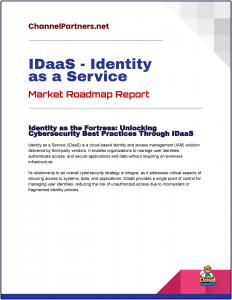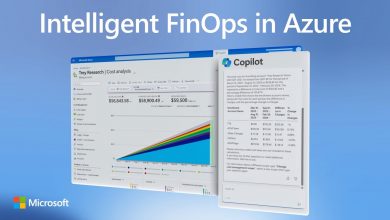Introducing IDaaS – Identity as a Service
This roadmap explores the comprehensive capabilities that IDaaS platforms unlock for MSPs, enabling them to deliver value-driven solutions to their clients.
 In today’s rapidly evolving digital landscape, businesses face the dual challenge of securing their systems while providing seamless access to resources for employees, partners, and customers.
In today’s rapidly evolving digital landscape, businesses face the dual challenge of securing their systems while providing seamless access to resources for employees, partners, and customers.
For Managed Service Providers (MSPs), the opportunity to address these challenges lies in harnessing the power of Identity as a Service (IDaaS) platforms.
By deploying IDaaS, MSPs can offer a transformative suite of managed services that not only streamline identity and access management but also bolster security, ensure compliance, and enhance user experiences.
This roadmap explores the comprehensive capabilities that IDaaS platforms unlock for MSPs, enabling them to deliver value-driven solutions to their clients. From centralized user identity management and single sign-on (SSO) to advanced security features like multi-factor authentication (MFA) and real-time threat detection, IDaaS empowers MSPs to provide scalable, secure, and efficient services.
Through automated provisioning, seamless application integration, and robust compliance tools, MSPs can simplify complex IT environments while supporting the needs of modern workforces—whether remote, hybrid, or on-premises. Additionally, services such as directory synchronization, API access management, and customized identity workflows allow MSPs to tailor solutions to diverse industries and business requirements.

IDaaS – Identity as a Service
IDaaS is a foundational element of a modern cybersecurity strategy, serving as the backbone for secure identity management and access control: Download Roadmap.
Identity as a Service (IDaaS) is a cloud-based identity and access management (IAM) solution that centralizes user authentication, authorization, and identity governance. Its relationship to an overall cybersecurity strategy is integral, as it addresses critical aspects of securing access to systems, data, and applications.
By centralizing and strengthening authentication, authorization, and governance, it supports key cybersecurity principles like zero trust, least privilege, and continuous monitoring. Integrating IDaaS into the broader security framework enhances an organization’s ability to protect data, comply with regulations, and respond to evolving threats effectively.
As we delve into the strategies, tools, and best practices for leveraging IDaaS, this book serves as a guide for MSPs looking to elevate their service offerings.
By embracing IDaaS, MSPs can position themselves as trusted partners in their clients’ digital transformation journeys, delivering innovative solutions that drive efficiency, security, and growth in an increasingly connected world.



